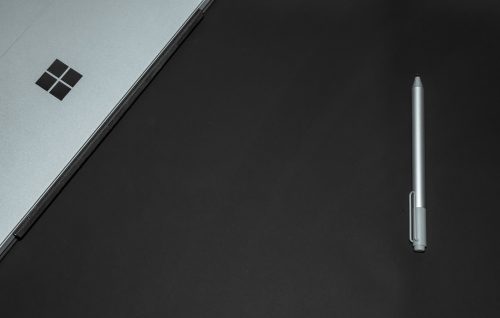Artificial intelligence has reached an inflection point in which everyday internet users can interact with free technologies such as DALL-E 2 and ChatGPT to create original images and more. In an attempt to catch up to rival Alphabet, Seattle-based tech giant Microsoft could be bringing AI-based technologies like these to its software solutions. The company has already integrated some of OpenAI’s ChatGPT tech into Microsoft Word’s autocomplete function and is looking for more ways to incorporate it further into Office applications PowerPoint and Outlook, as well.
If Microsoft can successfully integrate ChatGPT’s AI solutions, the company hopes they will enable Outlook to compose replies using simple queries, or even empower its Bing search engine to better compete against Google. But it faces several challenges in implementing these AI-driven updates. For one, ChatGPT’s content has an accuracy problem, with a tendency to present incorrect information as fact. Another problem is privacy, with ChatGPT’s need for individual user information to customize its output without compromising data.
Microsoft has invested at least $1 billion in OpenAI, the research lab behind ChatGPT, giving it exclusive access to the GPT3 technology. It also plans to incorporate an AI-to-image model — driven by DALL-E 2 — into Bing, proving that the commercialization of AI is just beginning.
























